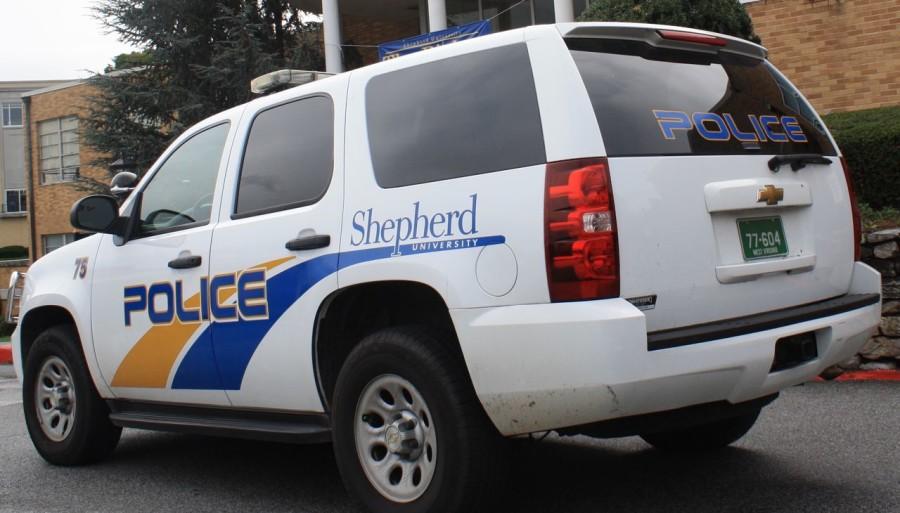(THE PICKET) – Shepherd University’s 2015 crime report released last month does not include data on all crimes because of the way they are categorized, according to University Police Chief John McAvoy.
According to the report, Shepherd reported three rapes and two cases of fondling in 2015. This compares with six rapes and one case of fondling in 2014, and eight cases of forcible sexual offense in 2013.
The University’s 2013 report earned it an F in campus safety for 2014, and a ranking of 28 among the nation’s 100 most dangerous schools, according to American School Search, which obtains its data through annual security reports that campus police across the nation are required to give to the Department of Education.
According to the American School Search report, 194 U.S. schools earned an F in safety. The report awarded As to 4,082 schools; Bs to 983 schools; Cs to 857 schools, and Ds to 578 schools.
Criminal Offenses – On Campus
For each of the following criminal offenses, enter the number reported to have occurred On Campus.
| Total Occurrences On Campus | |||
| Criminal Offense | 2013 | 2014 | 2015 |
| 1. Murder/Non-negligent manslaughter | 0 | 0 | 0 |
| 2. Negligent manslaughter | 0 | 0 | 0 |
| 3. Sex offenses – Forcible | 8 | – | – |
| 4. Rape | – | 6 | 3 |
| 5. Fondling | – | 1 | 2 |
| 6. Sex offense – Non-forcible | 0 | – | – |
| 7. Incest | – | 0 | 0 |
| 8. Statutory rape | – | 0 | 0 |
| 9. Robbery | 1 | 1 | 0 |
| 10. Aggravated assault | 0 | 0 | 0 |
| 11. Burglary | 3 | 0 | 0 |
| 12. Motor vehicle theft (Do not include theft from motor
vehicle) |
0 | 0 | 0 |
| 13. Arson | 0 | 0 | 0 |
As can be seen in the chart above, some categories for sex offenses contain dashes instead of numbers for some years. McAvoy said that is because some offenses have been re-categorized. The last year that sex offenses were divided into two categories of forcible and non-forcible assault was 2013. For 2014 and 2015, sex offenses have been divided into four categories: rape, fondling, incest, and statutory rape.
In the report, the numbers are divided even further with charts for criminal offenses that occur in student housing, non-campus such as when sports teams travel or a class goes on a field trip, and offenses on public property.
“The statistics are right,” said McAvoy. “More accurate descriptions give a better picture of the situation on campus.”
A problem that universities across the country face is an unwillingness from sexual assault victims to even report that they have been assaulted. A 2009 article titled “Barriers Curb Reporting on Campus Sexual Assault” from the Center for Public Integrity describes obstacles assault victims usually face in trying to report that they have been assaulted include lax disciplinary actions, faculty and administration that are untrained to handle instances of sexual assault, and the victim’s own self-doubt.
McAvoy also said that all offenses that are reported to the university police are included in the annual report, not just instances that result in disciplinary action from the University or in criminal prosecution.
The annual security report for Shepherd University can be found here and the separate report for the Martinsburg Center can be found here.
McAvoy encourages anyone at Shepherd who has been the victim of an assault, or a victim of any other crime, to report it to the university police.
Following the 2014 ranking of Shepherd among dangerous schools, University general counsel wrote a response.
“So when a University like Shepherd succeeds in encouraging the assault victims to come forward with some information to the University Police Department, rather than concealing the assaults, your rating system punishes us, when it should be rewarding us,” Perdue wrote.
Westley Elkins is a staff writer for The Picket. He can be reached via email at jelkin01@rams.shepherd.edu and followed on Twitter @WesElkins.
